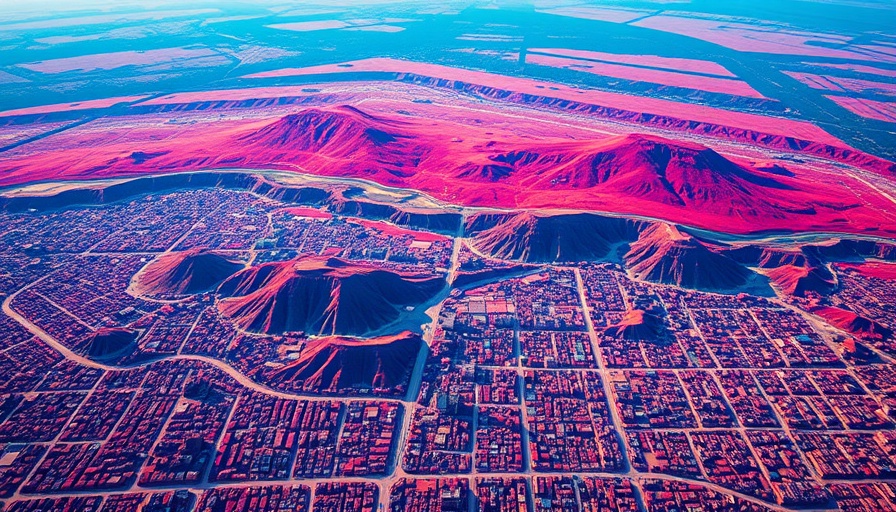
Understanding Lidar Technology in Climate Disasters
Climate change is affecting all of us, and its effects are often most visible in the aftermath of disasters. The recent wildfires in Southern California, particularly the Eaton and Palisades fires, have demonstrated just how devastating these events can be. Yet, technology like lidar is shedding light on the true costs of these calamities.
What is Lidar and How Does It Work?
Lidar, which stands for Light Detection and Ranging, employs laser light pulses to measure distances and create detailed maps of the Earth’s surface. This technology has been around for a while but is now being used to evaluate the aftermath of environmental disasters more precisely than ever. By comparing images from before and after a disaster, researchers can identify changes in the landscape—like what was lost and what has grown back.
Measuring the Impact of Disasters
After the Eaton and Palisades fires consumed thousands of acres and caused over $60 billion in damages, scientists jumped into action. Using lidar, they mapped out the elevation changes caused by the fires. Their findings highlighted regions where buildings were lost and areas where new growth had begun. This ability to measure subtle changes not only helps communities understand what they’ve lost but also aids them in recovery efforts.
Why This Matters Now
As business owners, understanding these technologies can enhance how we approach risks associated with climate change. Data from lidar can be used to assess property values, identify risks, and even support sustainable business practices. For service industry managers, leveraging tools like lidar can also inform disaster preparedness strategies, ensuring you’re ready when faced with the unpredictable.
Conclusion: Embracing Technology for Future Challenges
In the face of climate change, knowing how to utilize advanced tools like lidar can make a significant difference. By understanding these technologies, small and medium-sized business owners can not only safeguard their interests but also contribute to their communities' resilience in the face of disaster. So let’s embrace innovation and prepare ourselves for what lies ahead!
 Add Row
Add Row  Add
Add 










Write A Comment